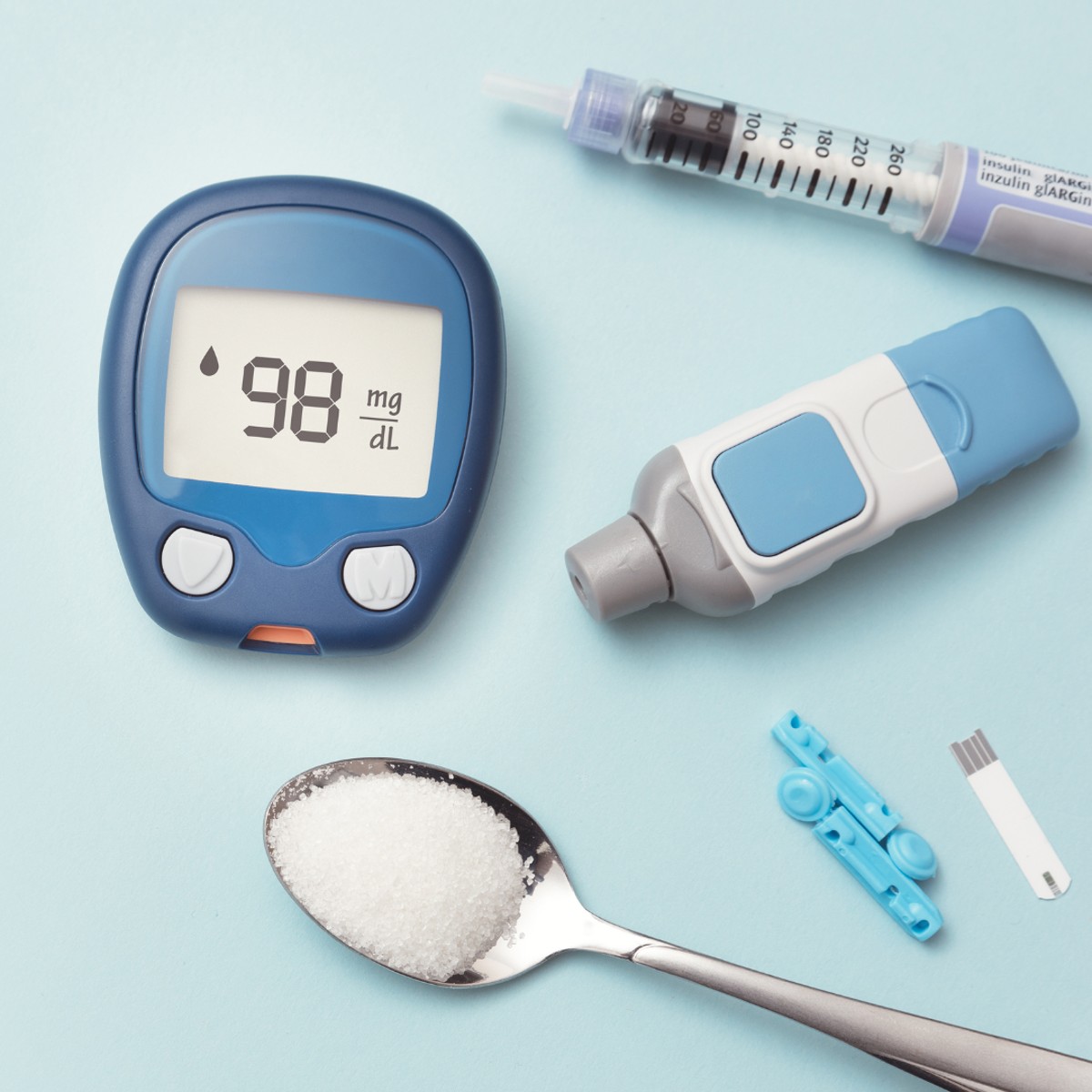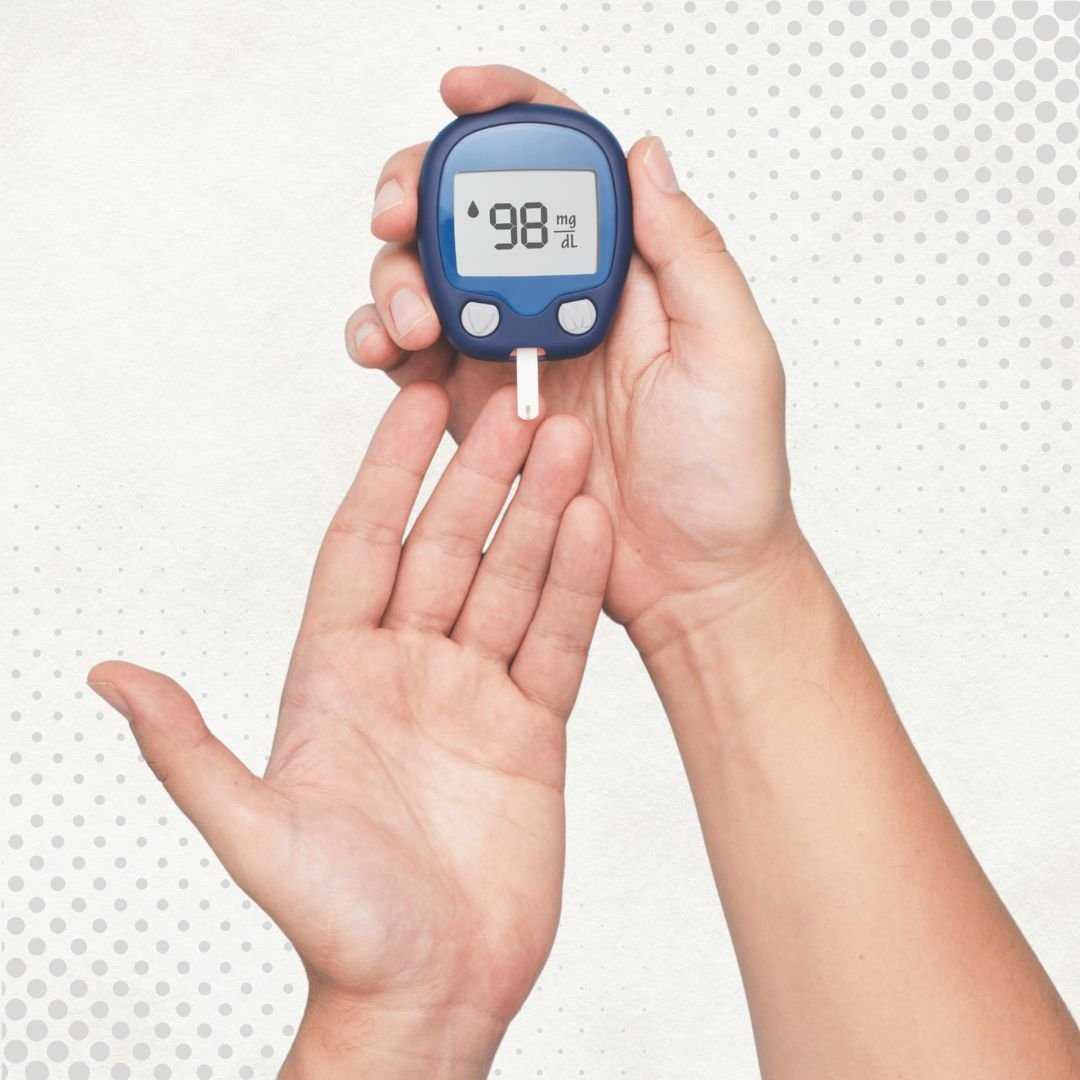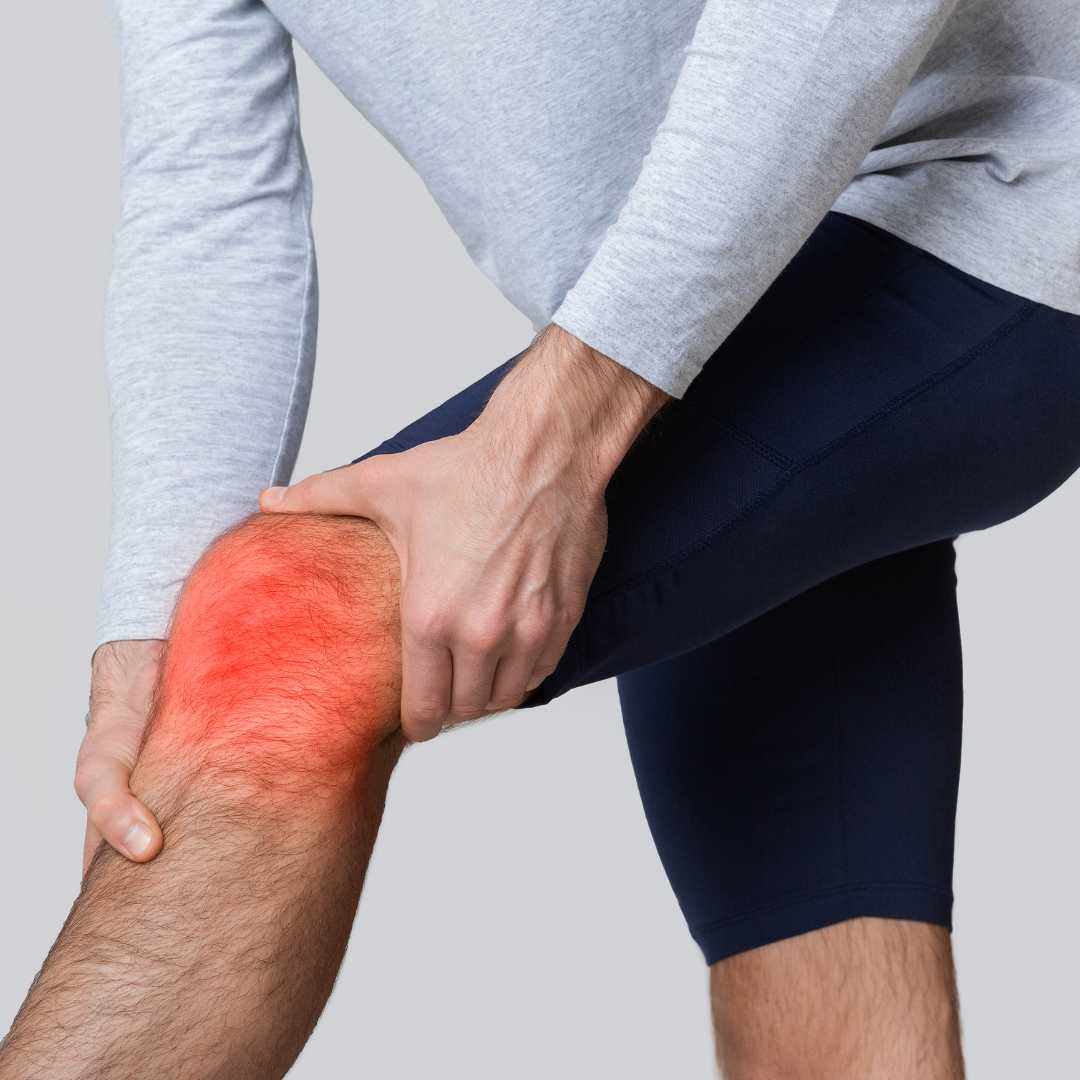
Navigating the complexities of diabetes requires informed decisions, especially when considering international treatment options. For patients seeking advanced care, cost-effectiveness, or innovative therapies, Japan and China emerge as prominent destinations in Asia. This comprehensive guide meticulously compares diabetes treatment in Japan and China, examining everything from medical technologies and quality of care to patient experience and affordability, empowering you to make the best choice for your health journey.
Choosing Your Path to Better Health: Japan or China for Diabetes Care?
Diabetes, a chronic condition requiring lifelong management, impacts millions worldwide. As medical tourism gains traction, countries like Japan and China offer distinct advantages for international patients. Japan is synonymous with medical precision, cutting-edge technology, and unparalleled patient safety, making it a top choice for those prioritizing advanced care and minimal risk, particularly for complex diabetes management or associated complications like diabetic retinopathy treatment. Its healthcare system is highly regulated, ensuring consistent quality across its institutions.
On the other hand, China presents a compelling option for those seeking cost-effective treatment without compromising on quality at its leading facilities. The country is also at the forefront of exploring novel therapies, including stem cell therapy for diabetes and the integration of traditional Chinese medicine (TCM) with Western treatments. With a vast patient population, Chinese medical professionals often have extensive experience with a wide spectrum of diabetes cases. Your choice between these two giants depends on your priorities: Japan for established excellence and innovation, or China for affordability and emerging treatments.
Diabetes Treatment in Japan vs. China: A Detailed Comparison
Japan vs. China: Core Strengths in Diabetes Management and Research
Japan's Key Capabilities in Diabetes Treatment
Japan stands as a global beacon for advanced medical care, and its diabetes treatment landscape reflects this excellence. Key capabilities include:
- Cutting-Edge Technology: Japan is a pioneer in continuous glucose monitoring (CGM) systems, smart insulin pumps, and advanced diagnostic tools for early detection of diabetes complications like diabetic retinopathy and nephropathy. Patients can access the latest devices for optimal blood sugar control.
- High Standard of Care: The Japanese healthcare system is renowned for its meticulous attention to detail, stringent quality control, and patient safety protocols. This translates to highly effective treatment plans and minimal risks for patients.
- Leading Research & Development: Japan is at the forefront of diabetes research, including studies on islet cell transplantation, gene therapy, and the development of artificial pancreas systems, offering hope for future breakthroughs in diabetes cure and management.
- Specialized Complication Management: With an aging population, Japanese clinics excel in managing diabetes-related complications, offering world-class care for diabetic foot ulcers, kidney disease, and cardiovascular issues.
- Precision Medicine: A strong emphasis on personalized treatment plans based on genetic profiling and individual patient needs ensures highly effective and tailored diabetes management.
China's Key Capabilities in Diabetes Care
China's healthcare sector has undergone rapid modernization, making it a significant player in international medical tourism for diabetes. Its strengths include:
- Cost-Effectiveness: For many international patients, the cost of diabetes treatment in China, including advanced procedures like metabolic surgery or stem cell therapy, is significantly lower than in Western countries or even Japan, offering excellent value.
- Emerging Therapies: China is a global leader in clinical trials and the application of stem cell therapy for Type 1 diabetes and severe diabetic complications. It offers innovative approaches that may not be widely available or as affordable elsewhere.
- Integration of Traditional Chinese Medicine (TCM): Many Chinese hospitals offer a unique integrated approach, combining modern Western medicine with traditional Chinese therapies like acupuncture, herbal medicine, and dietary interventions, which can be beneficial for diabetes management and overall well-being.
- High Patient Volume & Experience: With the largest population and a significant number of diabetes patients, Chinese doctors and hospitals have extensive experience in treating a vast array of diabetes cases, from routine management to complex conditions.
- State-of-the-Art Facilities: Major cities boast world-class hospitals equipped with modern technology and infrastructure, often accredited by international bodies like JCI, ensuring high-quality care.
Diabetes Treatment in Japan - Pros and Cons
Pros of Diabetes Treatment in Japan
- World-Class Medical Excellence: Unmatched quality of care, precise diagnostics, and highly skilled specialists.
- Advanced Technology: Access to the latest innovations in diabetes management, including advanced CGM and insulin pump systems.
- Patient Safety & Strict Regulation: Rigorous protocols ensure high patient safety standards and consistent quality across facilities.
- Innovative Research: Opportunities to participate in or benefit from cutting-edge research in diabetes therapies.
- Comprehensive Complication Management: Excellent care for managing and preventing diabetes-related health issues, like diabetic foot care and kidney disease.
Cons of Diabetes Treatment in Japan
- Higher Cost: Generally more expensive than most other Asian medical tourism destinations, including China.
- Language Barrier: While major international clinics offer English, navigating outside these facilities can be challenging for non-Japanese speakers.
- Cultural Differences: The Japanese healthcare system can be highly formal and may require adjustment for some international patients.
- Potentially Longer Wait Times: For highly specialized treatments, wait times might be longer compared to some other destinations.
Diabetes Treatment in China - Pros and Cons
Pros of Diabetes Treatment in China
- Cost-Effective Solutions: Significantly more affordable treatment options for various diabetes care needs, including advanced procedures.
- Access to Novel Therapies: A leading hub for experimental treatments like stem cell therapy for diabetes, offering options not widely available elsewhere.
- Integration of TCM: Unique blend of Western medicine with Traditional Chinese Medicine, providing holistic care approaches.
- Experienced Medical Professionals: Doctors often have vast experience due to the high volume of patients, leading to deep clinical expertise.
- Modern Facilities in Major Cities: Top-tier hospitals in urban centers offer high-quality, modern medical infrastructure and care.
Cons of Diabetes Treatment in China
- Variable Quality Outside Major Centers: While top hospitals are excellent, quality and standards can vary significantly in smaller or less urban facilities.
- Language Barrier: English proficiency can be limited outside international patient departments, requiring interpreter services.
- Regulatory Transparency: While improving, the regulatory environment might be less transparent than in highly regulated countries like Japan.
- Cultural and Environmental Adjustment: Can be a significant adjustment for some Western patients due to cultural differences and bustling city environments.
What to Expect: The International Patient Experience
Patient Experience in Japan
In Japan, the international patient experience for diabetes treatment is typically highly organized and efficient. You can expect a quiet, respectful environment with a strong emphasis on precision and punctuality.
Leading clinics often have dedicated international patient services with English-speaking staff, assisting with appointments, communication, and even travel logistics.
The focus is on delivering high-quality, standardized care with advanced technology, ensuring a smooth process from diagnosis to post-treatment follow-up. While the care can be less overtly "personal" than in some cultures, it is deeply professional and highly effective.
Patient Experience in China
In China, the patient experience, particularly in top-tier hospitals in cities like Beijing, Shanghai, or Guangzhou, combines modern medical practices with a bustling, dynamic atmosphere.
International patient departments are increasingly sophisticated, offering English-speaking support, visa assistance, and personalized care. Doctors are often highly experienced due to the sheer volume of patients, and there's a growing trend towards patient-centric care.
You might also find opportunities to integrate Traditional Chinese Medicine into your diabetes management plan, offering a unique holistic approach. While potentially more vibrant and fast-paced, the top facilities deliver excellent medical outcomes.
Real Stories from Patients Managing Diabetes Abroad
Akira K., USA
"Choosing Japan for my Type 1 diabetes management was the best decision. The advancements in insulin pump technology and continuous glucose monitoring were incredible. My Japanese endocrinologist was extremely thorough, and I feel more in control of my health than ever before. The precision of care is truly outstanding."
Li Wei, Australia
"I went to China for metabolic surgery for my Type 2 diabetes. The cost was significantly lower than at home, and the hospital in Shanghai was very modern. The surgical team was highly experienced, and I appreciated the option to include some Traditional Chinese Medicine in my recovery plan. My blood sugar levels have improved dramatically."
Dr. S. Prakash, India
"As a physician, I sought treatment for my diabetic retinopathy. Japan’s ophthalmology care was second to none. The diagnostic precision and laser treatments I received were state-of-the-art. Though expensive, the outcome was worth every penny for preserving my vision. The clinical environment was exemplary."
Carlos R., Mexico
"My family helped me find a clinic in China offering stem cell therapy for Type 1 diabetes. It was an experimental but hopeful option. The team was very transparent, and while it's not a cure, I've seen some positive changes in my insulin requirements. The care was thorough, and the cost was within our budget."
Frequently Asked Questions About Diabetes Treatment Abroad
Is diabetes treatment in Japan or China safer?
Both Japan and China have reputable medical facilities offering diabetes treatment. Japan is globally recognized for its stringent quality control and advanced technology, resulting in very high safety standards. China's top-tier hospitals in major cities also provide excellent care, but quality can vary more widely across the country. Patients should thoroughly research JCI-accredited or internationally recognized facilities in either country.
How much does diabetes treatment cost in Japan compared to China?
Generally, diabetes treatment in Japan is significantly more expensive than in China. A basic Type 2 diabetes management plan or insulin therapy might cost several hundreds to thousands of dollars per month in Japan, while in China, similar basic care can be substantially lower, often starting from a few hundred dollars. Advanced treatments like bariatric surgery or stem cell therapy will naturally be much higher in both, but still more affordable in China.
What innovative diabetes treatments are available in Japan?
Japan is a leader in advanced diabetes technology and research. Patients can find state-of-the-art continuous glucose monitoring (CGM) systems, insulin pumps with artificial pancreas capabilities, advanced bariatric surgery for Type 2 diabetes remission, and ongoing clinical trials for islet cell transplantation and gene therapies. Their focus is often on precision medicine and minimizing complications.
What innovative diabetes treatments are available in China?
China has a growing focus on research and development in diabetes care, particularly in areas like stem cell therapy for Type 1 diabetes and diabetic complications, advanced traditional Chinese medicine (TCM) integration, and metabolic surgery. They also adopt modern Western medical practices and technologies, often at a lower cost.
Do I need to speak Japanese or Mandarin to get treatment?
While knowing the local language is always beneficial, many leading hospitals and international clinics in both Japan and China have dedicated international patient departments with English-speaking staff, including doctors, nurses, and coordinators. For more comprehensive communication, interpreter services are usually available.
What is the typical duration of stay for diabetes treatment in these countries?
The duration of your stay depends entirely on the type and complexity of treatment. For routine consultations and medication adjustments, a few days to a week might suffice. For intensive diagnostics, bariatric surgery, or experimental therapies like stem cell treatment, stays could range from two to four weeks, including recovery and follow-up.
Are both countries suitable for Type 1 and Type 2 diabetes management?
Yes, both Japan and China offer comprehensive care for both Type 1 and Type 2 diabetes. Japan excels in advanced technological management for Type 1 and cutting-edge research. China provides a wide spectrum of care, from conventional insulin therapy and oral medications to integrated TCM approaches and metabolic surgery for Type 2.
What are the visa requirements for medical treatment in Japan and China?
For Japan, patients may need a medical visa or a regular tourist visa depending on the duration and nature of treatment. China offers medical visas (L visa with an invitation letter or X visa for longer stays/study) for those seeking extensive treatment. It's crucial to check specific embassy requirements for your nationality well in advance.
How does post-treatment follow-up work for international patients?
Leading clinics in both countries typically provide detailed medical reports for your local physician. Many also offer telehealth consultations for remote follow-up. Patients should discuss post-treatment care plans with their chosen clinic before commencing treatment to ensure a smooth transition back home.
Can I combine diabetes treatment with tourism?
Absolutely. Both Japan and China are rich in cultural and natural attractions. Many patients choose to extend their stay to explore. Japan offers serene landscapes and vibrant cities, while China boasts historical wonders and diverse geographies. Just ensure your treatment schedule allows for leisure and any strenuous activities are cleared by your doctor.
Ready to Explore Your Diabetes Treatment Options?
Deciding on the best international destination for diabetes treatment is a significant step towards better health. Whether you prioritize Japan's unparalleled precision and advanced technology or China's cost-effectiveness and innovative therapies, PlacidWay is here to guide you.
Our dedicated Care Team specializes in connecting patients with world-class, pre-vetted clinics offering comprehensive diabetes treatment in Japan, diabetes treatment in China, and other leading medical tourism hubs. We offer free, no-obligation consultations to help you compare personalized treatment packages, understand transparent pricing, and answer all your specific questions. Let us simplify the complexities of planning your international medical journey, so you can focus on regaining control of your health.







.png)
.png)






Share this listing